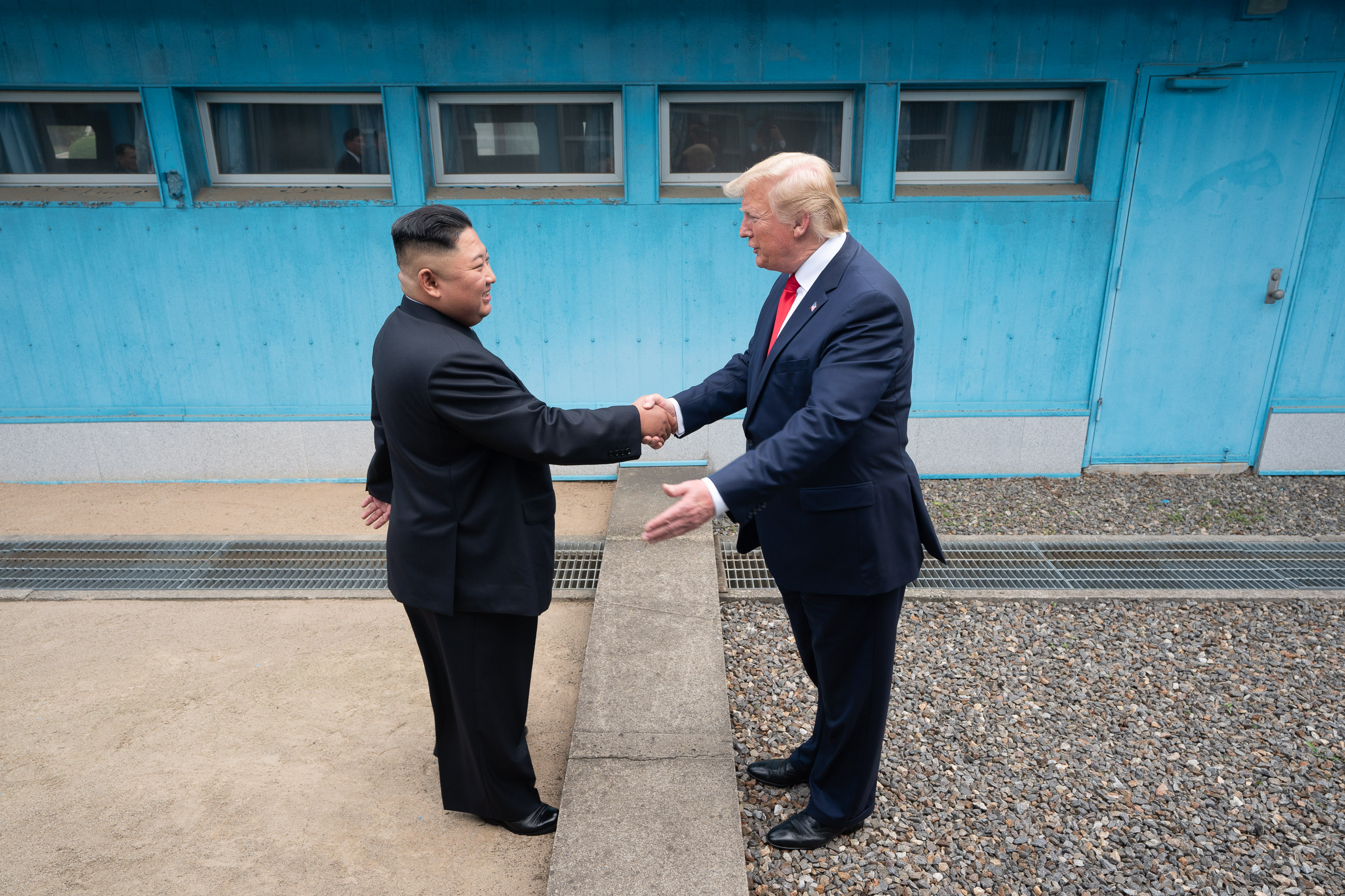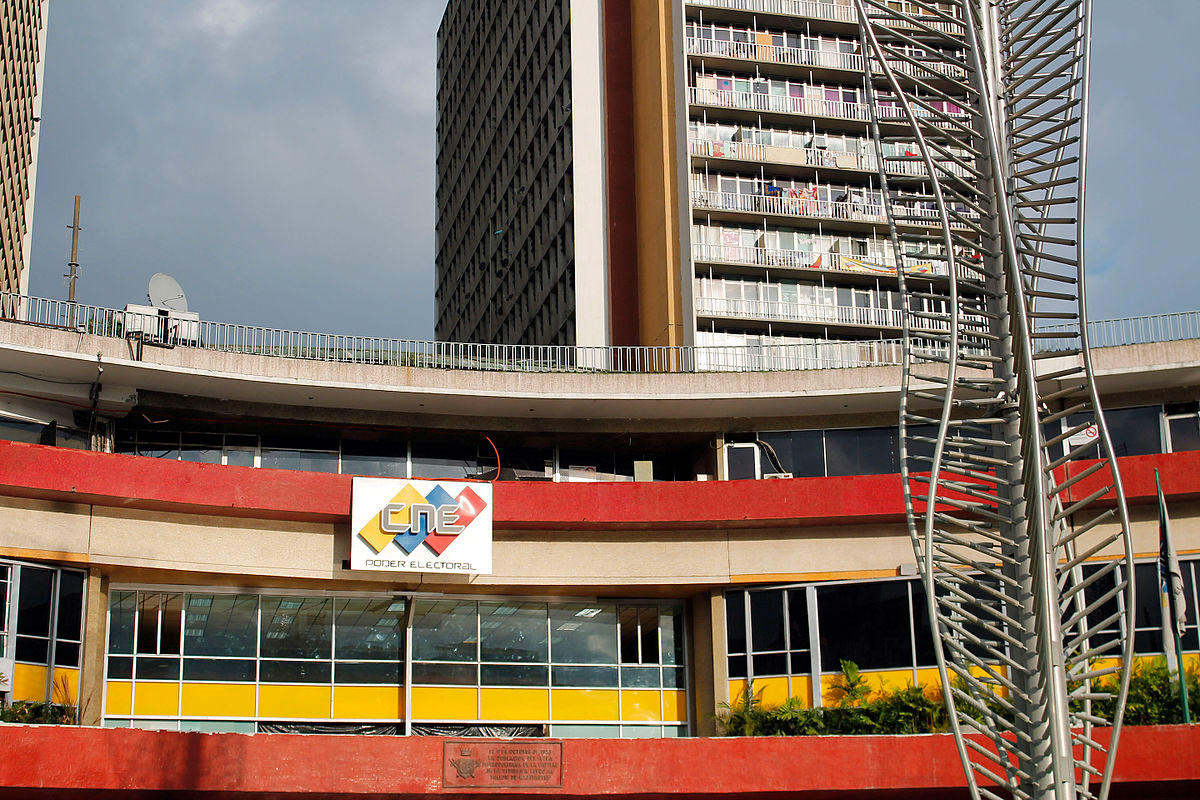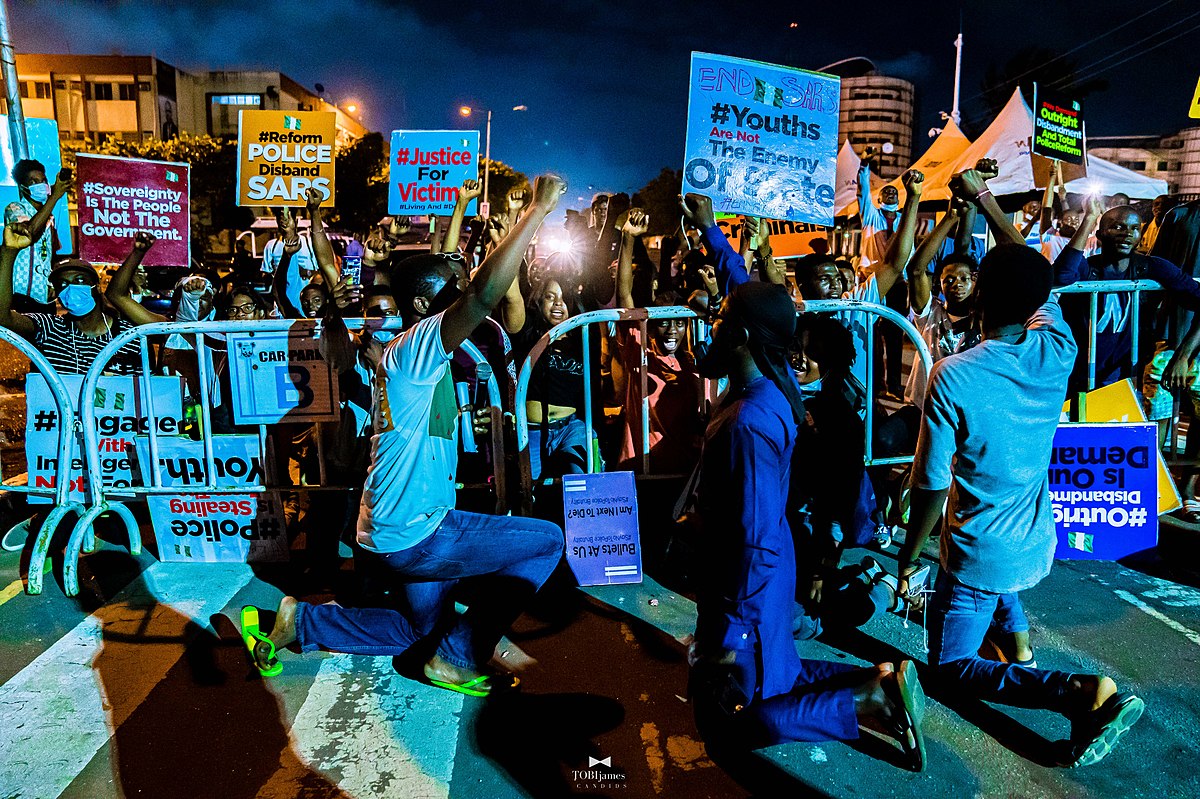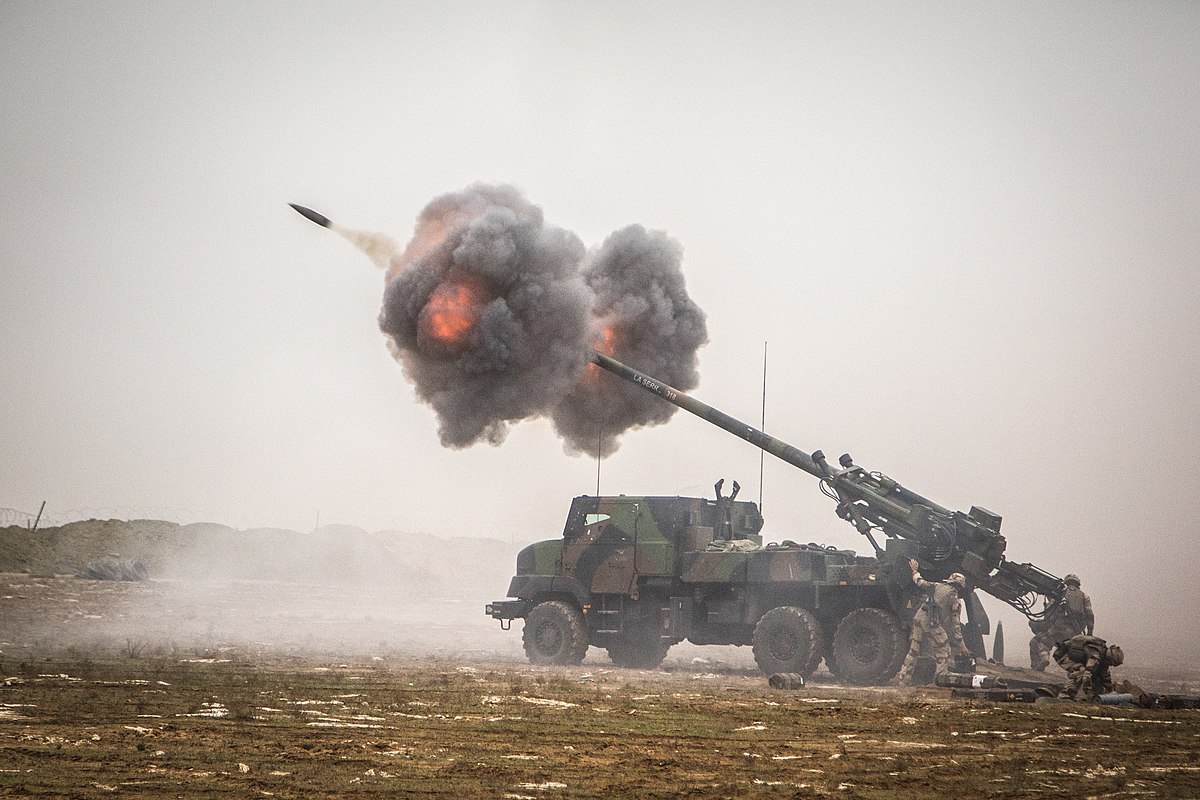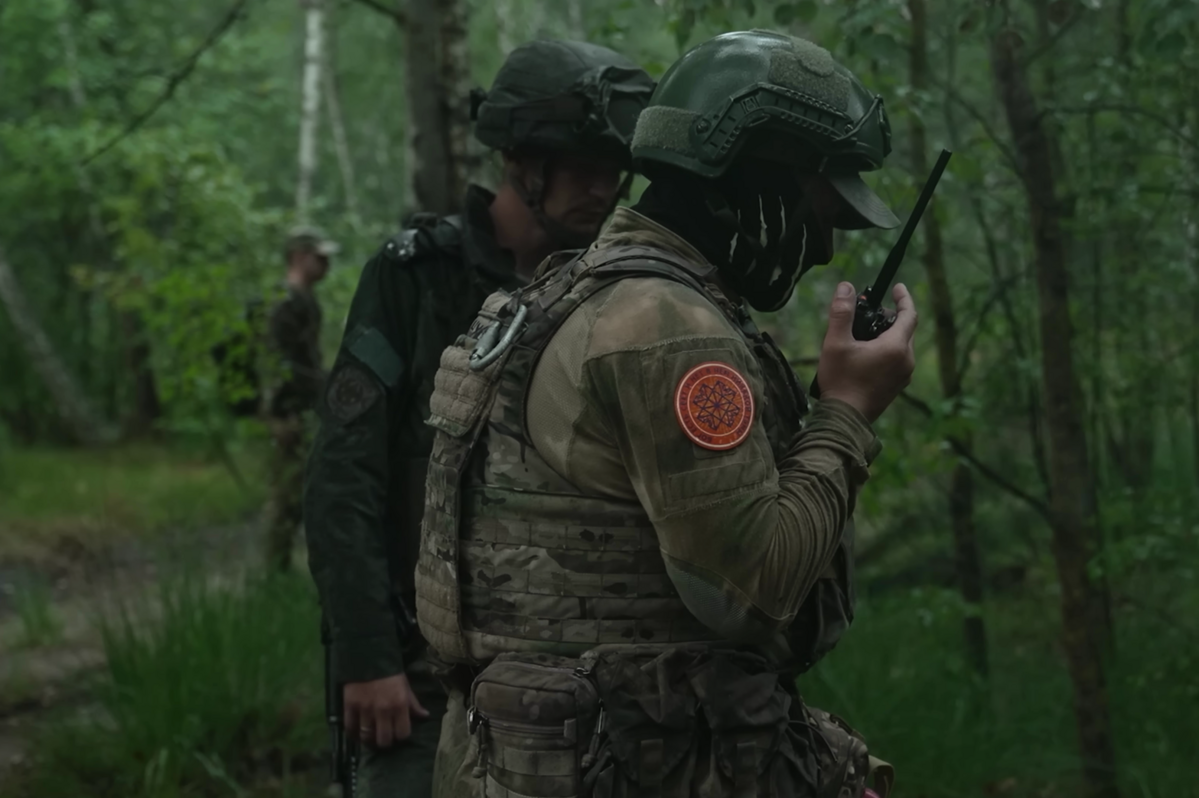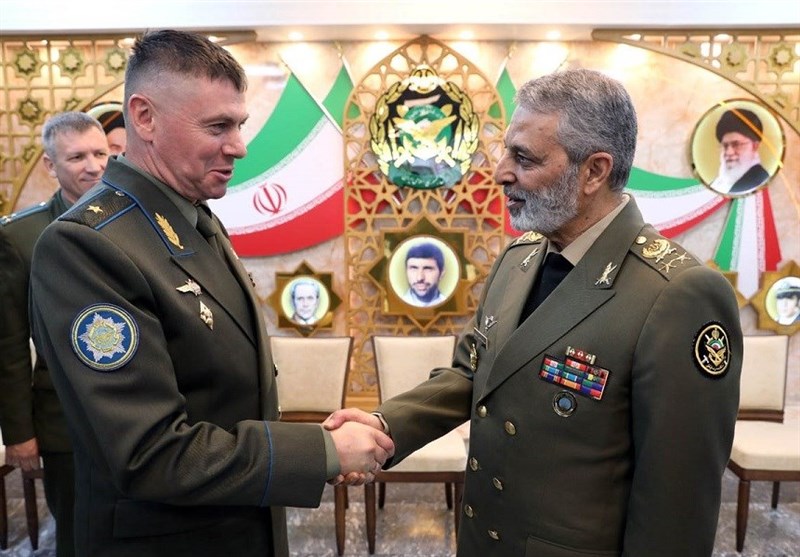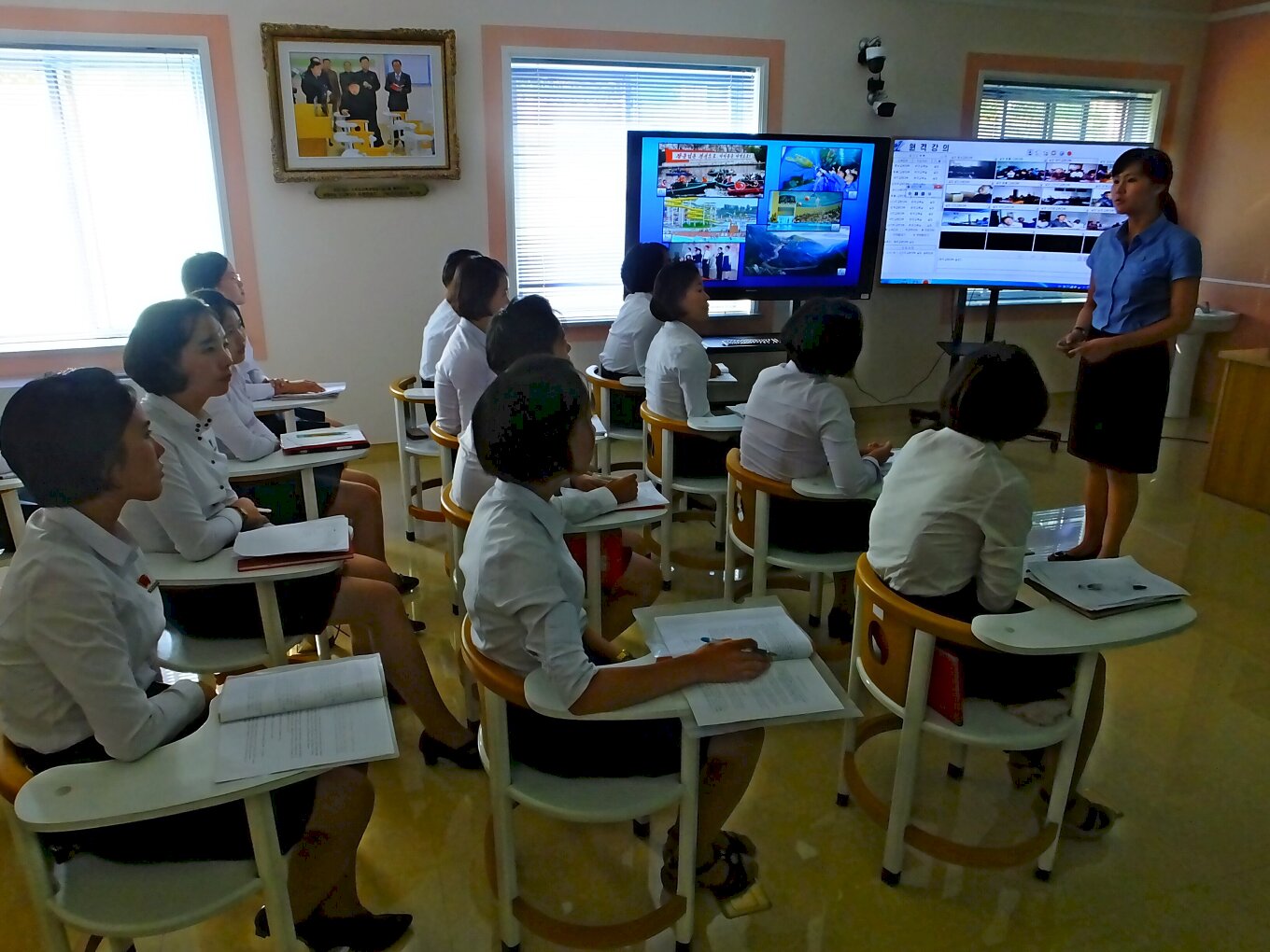
North Korean students receive classroom instruction under the watchful eye of a camera and portrait of Kim Jong Un (2018).
“The Kim Jong-un regime has in earnest executed those who were caught after watching South Korean dramas, calling them traitors.”
Reports from inside North Korea of increasingly harsh prison sentences and mass executions for viewing foreign language materials underscore that the Regime assesses information control as vital to the continued existence of the North Korean state. According to a 27 June report from South Korea’s semi-official news agency Yonhap News, South Korea’s Ministry of Unification, responsible for managing Seoul’s relations with the North, issued its second human rights report highlighting defector accounts of public executions carried out in the country.1 Defectors testified that many of these executions were in response to convictions for sharing South Korea dramas or music, wearing sunglasses, or for wearing white at a wedding, among other violations.2 This is the second such human rights report and is based on interviews with 141 defectors since 2023.3 According to a 27 June press release by the Unification Ministry announcing the report, “North Korean authorities actively enforce laws including the Law on Rejecting Reactionary Thought and Culture (2020), the Youth Education Guarantee Law (2021) and the Law on Protecting the Pyongyang Cultural Language (2023) aimed at suppressing its residents.”
The report underscores that the North Korean government views information control as critical to its survival. North Korean state media routinely characterizes South Korea as a feral wasteland of dystopian anarcho-capitalism. The upbeat messages and spectacle of K-pop and the fictionalized daily life of wildly popular Korean dramas strike at the very heart of a message North Korea’s state propagandists have taken great pains to create. This also explains why North Korea reacts so angrily, and sometimes violently, to the balloons that South Korea-based NGOs release into the North that carry thumb drives and other media. In the author’s own interviews and conversations with North Korean defectors, some report that the North Korean authorities respond as if to a chemical spill by cordoning off the area and thoroughly searching the homes of anyone nearby.4
Sources:
KIM Soo-yeon, “N. Korea ramps up public executions of people distributing S. Korean movies: unification ministry,” Yonhap (semiofficial South Korean news agency), 27 June 2024. https://en.yna.co.kr/view/AEN20240627002651315?section=search
The ministry made public a report on the North’s human rights situation for the second straight year in 2024, with this year’s documents mainly based on additional testimonies from 141 North Korean defectors in 2023.
For the first time, the report included an example of a public execution for violating the law adopted in 2020 on the rejection of “the reactionary ideology and culture.”
“The Kim Jong-un regime has in earnest executed those who were caught after watching South Korean dramas, calling them traitors,” she told reporters.
The law calls for a sentence of up to 10 years of hard labor for people who bring and spread outside culture and information. Punishment is known to be tougher in the case of those watching and disseminating South Korean dramas, movies and music. The North views such behaviors as anti-socialist acts that could threaten the very existence of the regime.
A defector who fled North Korea last year said he witnessed the public execution of a 22-year-old in South Hwanghae Province in 2022 for listening to 70 South Korean songs, watching three South Korean movies, and distributing them to seven people.
“Since the law took effect, a person could be sent to a prison camp just because of watching (South Korean movies). The person who initially brought them in will face the most severe punishment — being shot by a firing squad,” the defector was quoted as saying in the report.
Wearing a white wedding dress as a bride, a groom carrying the bride on his back, and wearing sunglasses are also stated as examples of violating the anti-reactionary ideology law, it said.
Ministry of Unification of the Republic of Korea, “Ministry of Unification releases the 2024 Report on North Korean Human Rights,” Ministry of Unification (official government site), 27 June 2024. https://www.unikorea.go.kr/eng_unikorea/news/releases/?boardId=bbs_0000000000000034&mode=view&cntId=54305
On June 27, 2024, the Ministry of Unification released the 2024 Report on North Korean Human Rights, featuring a case involving a 22-year-old man from South Hwanghae Province who was publicly executed for listening to 70 South Korean songs, watching three movies and distributing them to others.
The report draws on various testimonies from North Korean defectors, underscoring how North Korean authorities actively enforce laws including the Law on Rejecting Reactionary Thought and Culture (2020), the Youth Education Guarantee Law (2021) and the Law on Protecting the Pyongyang Cultural Language (2023) aimed at suppressing its residents.
Furthermore, North Korea has intensified its social education and punishments under these three laws, which were designed to restrict residents’ access to outside information, particularly targeting the youth.
Authorities frequently inspect residents’ mobile phones, checking for contacts and any usage of South Korean language styles or expressions, such as nicknames or abbreviations.
In particular, any non-socialist style is deemed “reactionary ideology,” leading to severe punishments, including brides wearing white dresses, grooms carrying brides at weddings, and the wearing of sunglasses.
Notes:
1 Official South Korean government reports on North Korean human rights were apparently discouraged during the presidency of Moon Jae-in (2017-2022) because they interfered with Moon’s focus on improving diplomatic and economic ties with the North. That likely explains why this Unification Ministry report, which has been required by law since 2018, is only the second one to be made public.
2 It is possible that the North Korean authorities’ standard for punishment is any North Korean who does something they more likely than not learned from a Korean drama specifically or outside information generally. North Korea likely views wearing white at weddings as an imported Western, and therefore counter-revolutionary, concept. Formal white attire has a strong association with death or mourning in China, Japan, and the Koreas, so would be suspect if worn at a wedding. Another associated concept is bride carrying, which is a common tradition in South Korea that is apparently less so in the north.
3 See Lee Minji, “S. Korea publishes hard copies of English report on N. Korea’s human rights,” Yonhap (semiofficial South Korean news agency), 7 July 2023. https://en.yna.co.kr/view/AEN20230707003500325
4 Defector reports must be carefully evaluated because defectors from North Korea are, by their very nature, a self-selecting group. Moreover, they may be motivated to embellish the scale and scope of the atrocities they have witnessed because the defectors may believe it is what South Korean authorities and the media want to hear. In coverage of North Korea-related issues, salaciousness is often as important as fact for foreign media sources.
Image Information:
Image: North Korean students receive classroom instruction under the watchful eye of a camera and portrait of Kim Jong Un (2018).
Source: http://ellsworth.ca/dprk/2018-08/608.jpg
Attribution: David Clayton Ellsworth, CCA-SA 4.0 Intl.

